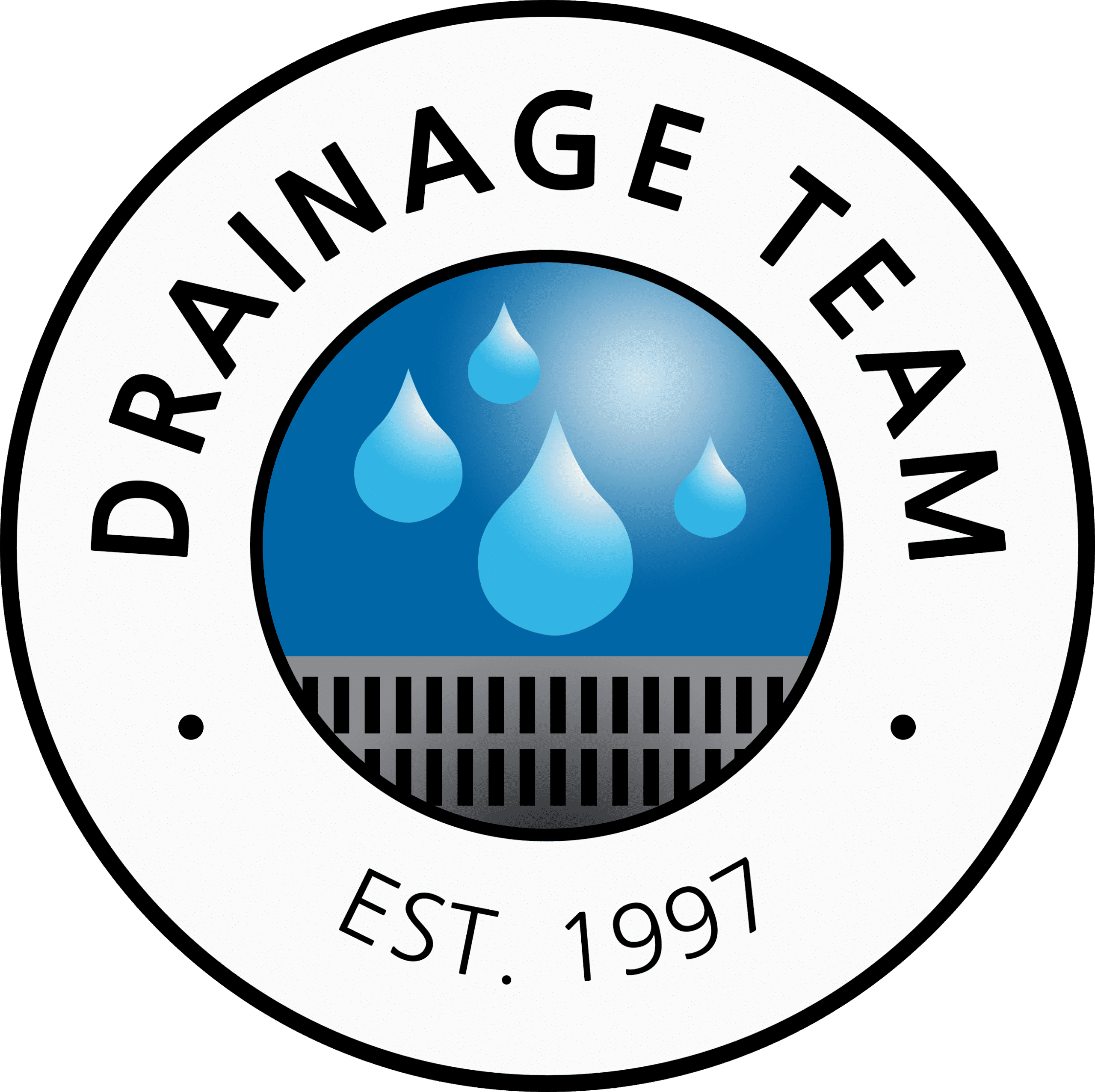As urban development continues to increase globally, effective stormwater management becomes more critical than ever before. Traditional stormwater management techniques, such as underground pipes and concrete channels, can efficiently handle large volumes of water, but they often fall short in addressing the environmental impacts associated with stormwater runoff, such as water pollution and increased downstream erosion. Green infrastructure, an innovative approach to stormwater management, offers a more sustainable solution by mimicking natural processes to manage stormwater runoff using vegetation, soils, and other natural elements.
In this article, we will explore the essential role of green infrastructure in stormwater management, discussing diverse techniques such as rain gardens, permeable pavements, green roofs, and bioswales. By analyzing the benefits of these green solutions, including improved water quality, flood mitigation, and enhanced urban ecosystems, we will demonstrate how green infrastructure can contribute to more resilient and sustainable urban development.
Embark on this journey with us as we unveil the wonders of green infrastructure and uncover how these innovative solutions can revolutionize stormwater management and urban planning. By understanding the value of green infrastructure, you can transform your property’s drainage systems, contribute to a sustainable future, and foster healthier, more livable urban environments. With this knowledge, you will be well-equipped to embrace eco-friendly stormwater management practices and contribute to the ongoing global efforts toward environmental preservation and sustainability.
The Growing Importance of Green Infrastructure in Urban Development
Green infrastructure has become increasingly popular in recent years as city planners, developers, and engineers recognize its potential in mitigating the negative effects of urbanization on the environment:
– Stormwater runoff: As urban areas continue to expand, impervious surfaces like roads, rooftops, and parking lots prevent rainwater from infiltrating the ground. This increases stormwater runoff, which can cause flooding, erosion, and contribute to water pollution.
– Climate change adaptation: Green infrastructure can play a pivotal role in enhancing urban resilience to the impacts of climate change, such as increased storm intensity and changing precipitation patterns.
– Ecosystem restoration: By promoting more natural stormwater management practices, green infrastructure can help restore and preserve the ecological balance in urban areas, providing habitats for native flora and fauna and improving overall biodiversity.
Green Infrastructure Techniques: Harnessing the Power of Nature to Manage Stormwater
A wide range of green infrastructure techniques has been developed to address stormwater management challenges sustainably:
– Rain gardens: Also known as bioretention areas, rain gardens are shallow, landscaped depressions designed to capture and filter stormwater runoff, promoting infiltration and reducing the volume of runoff entering storm sewers and waterways.
– Permeable pavements: These specially engineered paving materials allow water to infiltrate through their surface into an underlying reservoir, where it can be stored, absorbed into the ground, or released slowly into nearby water bodies.
– Green roofs: By installing vegetation on rooftops, green roofs can absorb and filter rainwater, reducing the amount and speed of stormwater runoff. Additionally, green roofs provide insulation, reduce urban heat island effects, and create attractive spaces for urban dwellers.
– Bioswales: Landscape elements, typically located alongside roads or parking lots, bioswales effectively capture and convey stormwater runoff while promoting infiltration, sedimentation, and nutrient removal through the use of vegetation and engineered soils.
The Benefits of Green Infrastructure for Stormwater Management and Beyond
Adopting green infrastructure practices for stormwater management provides numerous environmental, social, and economic benefits:
– Improved water quality: Green infrastructure techniques can help filter out pollutants from stormwater runoff, protecting water quality in nearby rivers, lakes, and other water bodies.
– Flood mitigation: By promoting infiltration and reducing runoff volumes, green infrastructure can help mitigate flooding and reduce the risks associated with extreme weather events.
– Enhanced urban ecosystems: Green infrastructure can contribute to healthier, more diverse urban ecosystems, providing habitats for local wildlife and promoting biodiversity.
– Reduced heat island effect: Green infrastructure can help mitigate the urban heat island effect, a phenomenon where the temperature in densely urbanized areas is higher than that in less developed surroundings. This often results in increased energy consumption, elevated greenhouse gas emissions, and diminished air quality.
– Increased property values: Properties with well-designed green infrastructure may become more attractive to prospective occupants, potentially increasing property values.
Implementing Green Infrastructure on Your Property
Adopting green infrastructure solutions for stormwater management on your residential, commercial, or governmental property can be a practical step toward contributing to sustainability efforts:
– Site assessment: A professional assessment of your property can identify potential green infrastructure opportunities, taking into consideration factors such as climate, soil conditions, and available space.
– Customized solutions: Each property may require a unique combination of green infrastructure techniques. Collaborating with experienced professionals can facilitate the development of customized solutions that suit your property’s specific needs and goals.
– Ongoing maintenance: While many green infrastructure practices often require less maintenance than traditional stormwater management systems, it’s essential to establish a consistent maintenance plan that will keep your installations performing optimally over time.
Conclusion
The importance of green infrastructure in stormwater management and sustainable urban development is undeniable. By embracing innovative solutions such as rain gardens, permeable pavements, green roofs, and bioswales, property owners and managers can significantly contribute to the greening of our cities and the preservation of our environment. These environmentally friendly practices not only improve water quality and mitigate flooding risks but also enhance urban ecosystems and create more resilient, livable communities.
At Drainage Team, we are committed to incorporating green infrastructure into our stormwater management solutions for residential, commercial, and governmental properties. Contact us today to explore the potential of green infrastructure on your property and discover how we can work together to create a safer, healthier, and more sustainable urban environment.






